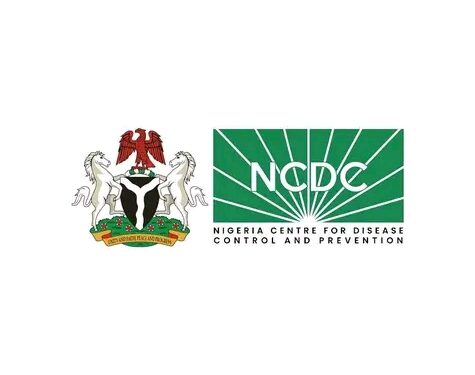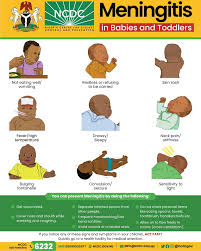Nigeria continues to grapple with the burden of infectious diseases as the Nigeria Centre for Disease Control and Prevention (NCDC) has confirmed that 366 people have lost their lives to Lassa fever and meningitis across various states since late 2024. The data, which spans multiple epidemiological weeks, underscores the persistent challenge of epidemic-prone diseases in the country.
According to official figures released by the NCDC, between January 1 and May 18, 2025, Nigeria recorded 733 confirmed cases of Lassa fever from a total of 5,118 suspected infections. These cases were reported across 18 states and 95 local government areas (LGAs), resulting in 141 deaths. The agency noted that this represents a case fatality rate (CFR) of 19.2 percent, a slight increase from the 18.3 percent CFR reported during the same period in 2024.
Edo, Ondo, and Benue states have continued to lead in new Lassa fever cases. In epidemiological week 20 alone, the NCDC reported 13 fresh infections from these states, a marked increase compared to just three cases recorded in the previous week. Ondo (30 percent), Bauchi (25 percent), and Edo (17 percent) accounted for the bulk of all confirmed cases this year, making up 72 percent of the total. The remaining 28 percent were spread across 15 other states.
The disease appears to disproportionately affect individuals within the 21–30 age group, with the median age pegged at 30. Men slightly outnumber women among confirmed cases, with a male-to-female ratio of 1 to 0.8. Encouragingly, the NCDC reported that no new infections were recorded among healthcare workers during the week under review.
While there has been a general decline in both suspected and confirmed cases compared to last year, health authorities remain vigilant. The national multi-sectoral Incident Management System for Lassa fever response remains active, coordinating efforts across federal, state, and local levels.
In a parallel health crisis, meningitis has also posed a significant threat across the country, with confirmed fatalities surpassing those of Lassa fever. Between September 30, 2024, and April 6, 2025, the NCDC recorded 192 confirmed cases of meningitis from 2,911 suspected cases reported in 24 states and 173 LGAs. During this period, 225 deaths were attributed to the disease, indicating a case fatality rate of 7.7 percent.
Children aged between 5 and 14 years have been identified as the most vulnerable demographic for meningitis infections, with males representing 60 percent of confirmed cases. A significant concentration of suspected meningitis cases was reported in 10 northern states, including Kebbi, which recorded the highest number at 1,423 cases. Other states with notable figures include Sokoto (450), Katsina (302), Jigawa (160), and Yobe (165), among others.
In response to the dual outbreaks, the NCDC has activated a national Emergency Operations Centre specifically for meningitis, working closely with the Federal Ministry of Health, the National Primary Health Care Development Agency, the Nigerian Meteorological Agency, and international development partners. Weekly coordination meetings are also being held with affected states to ensure a harmonised and effective response.
The spate of outbreaks has once again placed the spotlight on Nigeria’s public health preparedness and the need for stronger surveillance, rapid response systems, and public awareness campaigns, especially as the country heads into the rainy season, a period historically associated with increased disease transmission.







